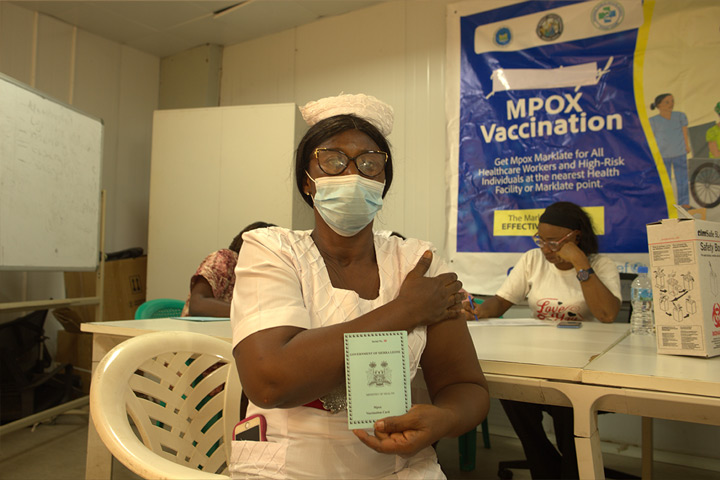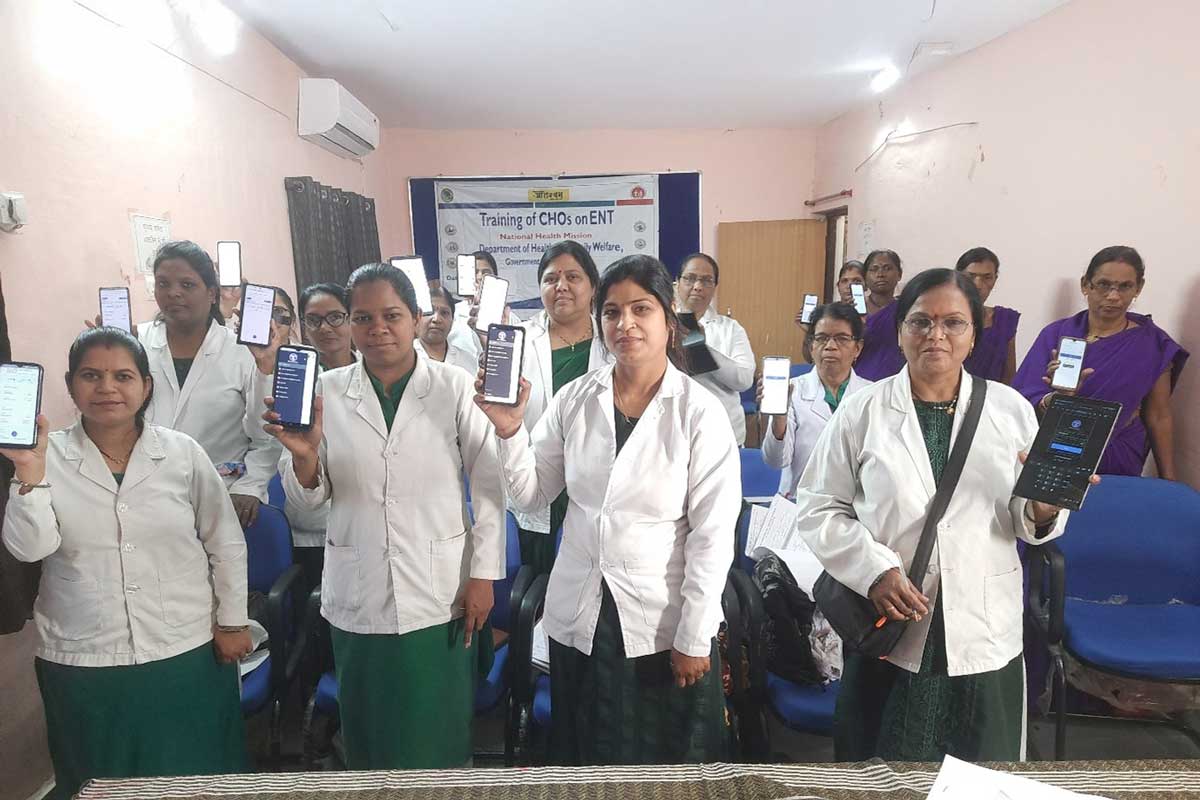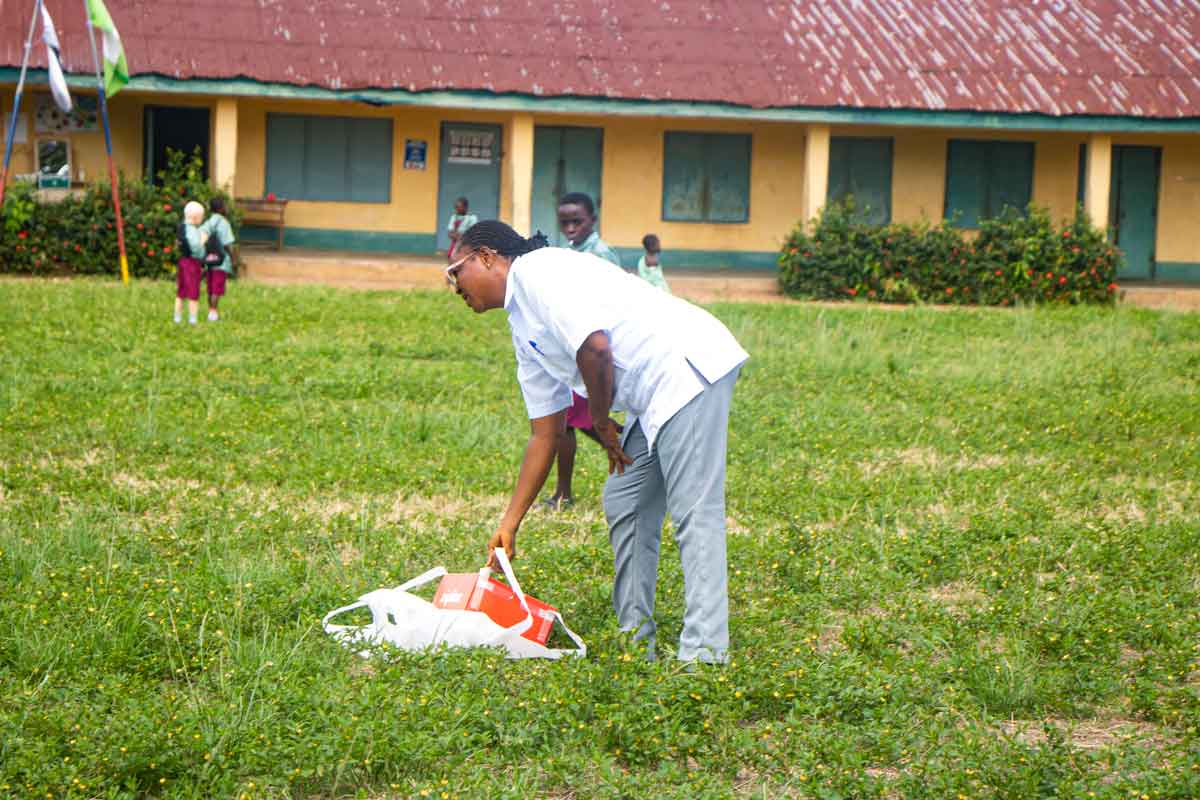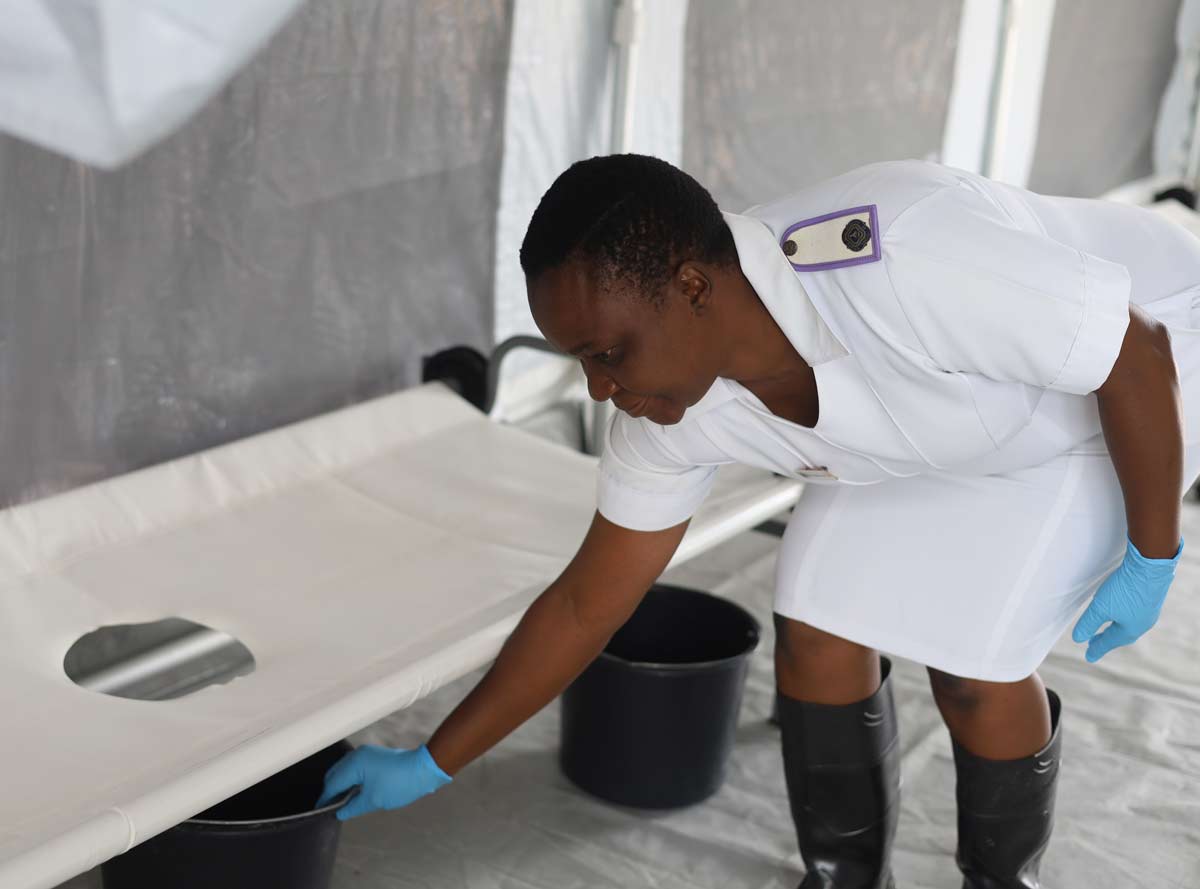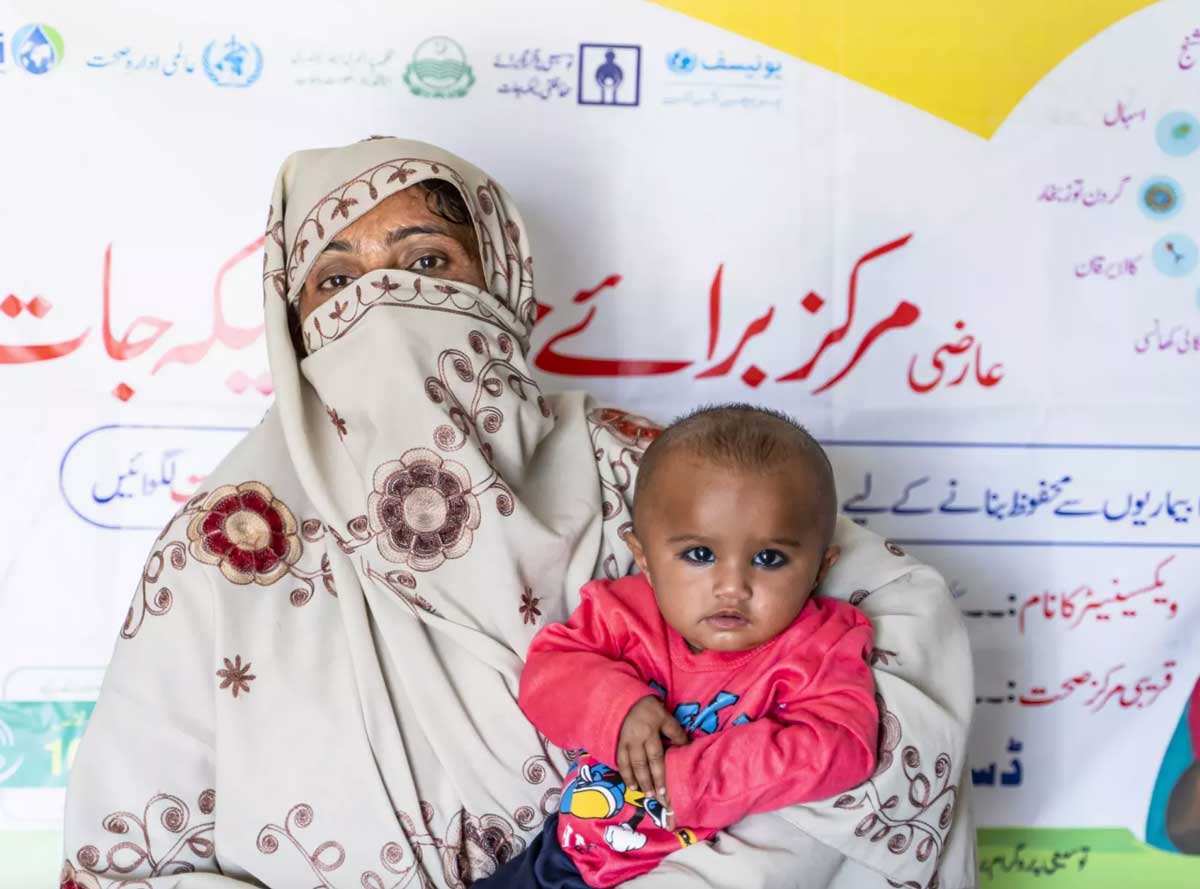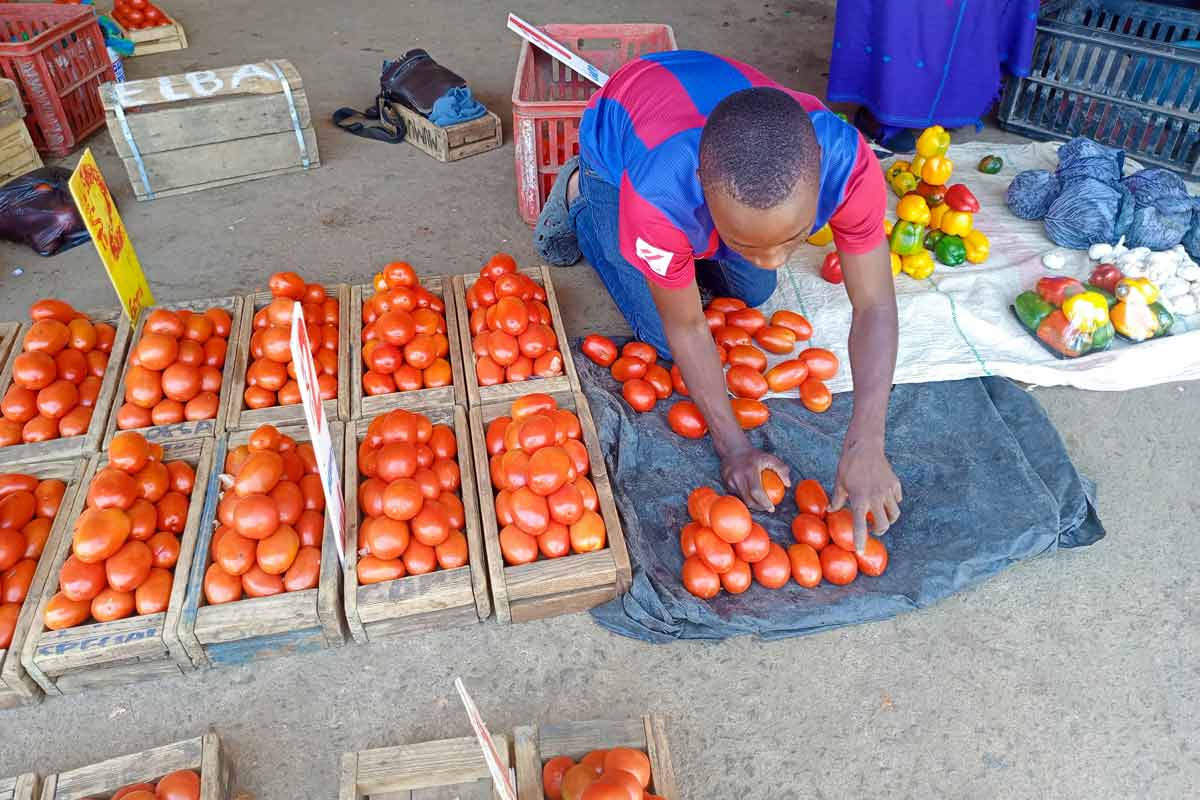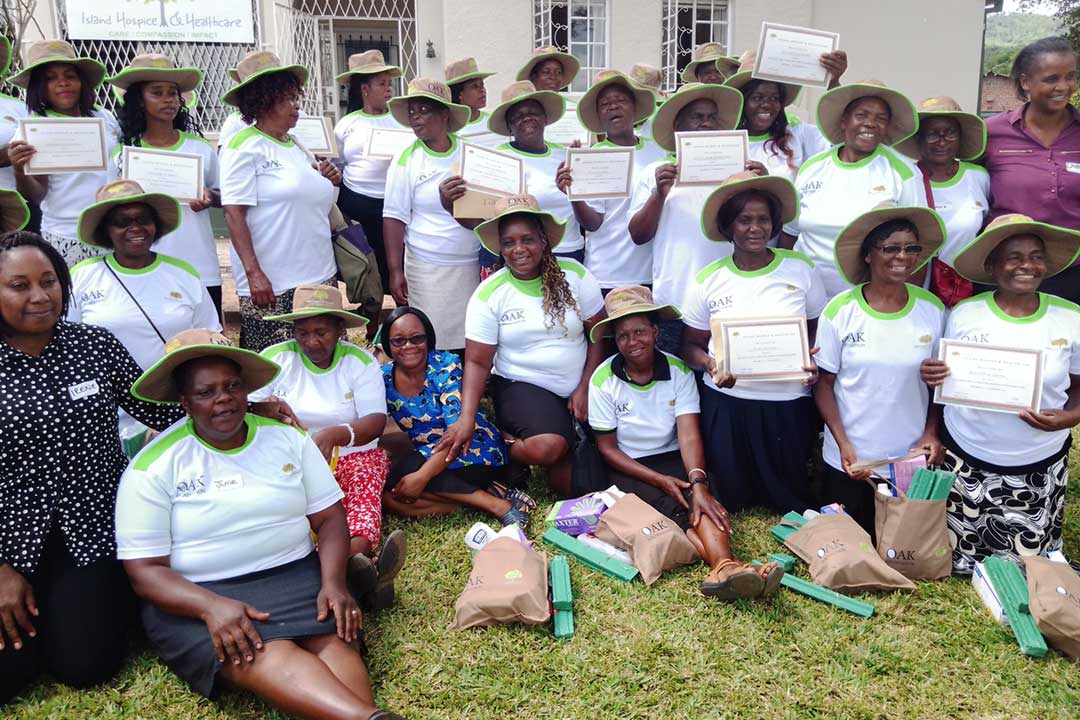Zimbabwe strides towards elimination of a blinding bacterial infection
It’s the leading infectious cause of blindness worldwide, but in Zimbabwe, mass drug campaigns and other measures have in recent years whittled trachoma’s dominion to just three of the country’s districts.
- 26 August 2024
- 6 min read
- by Derick Matsengarwodzi
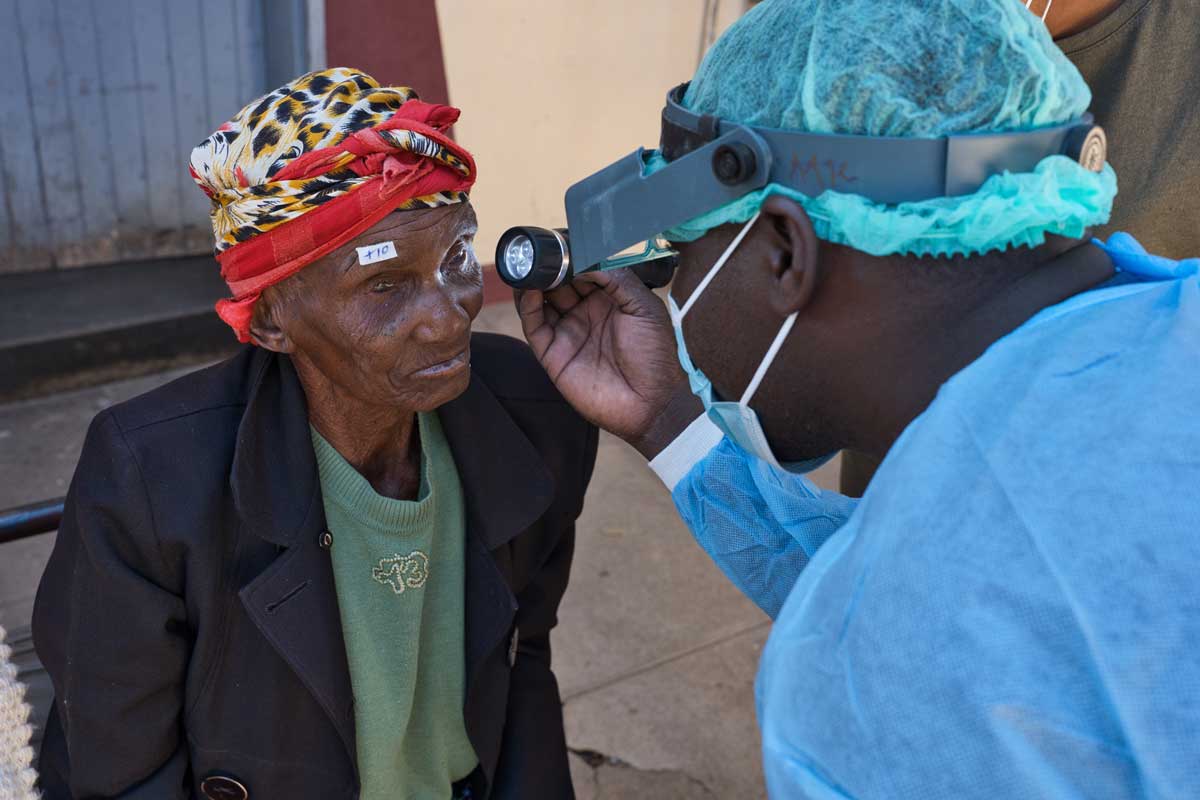
As a child in Gokwe, a rural town in Zimbabwe’s Midlands, Mary Nyanga, now 43, was anxiously aware of a mysterious but common eye disease that many people in her community talked about as a “spell”.
Patients, she recalls, were often confined to their homes, alone, so as not to infect others. Children in her own family had developed the tell-tale itchy eyes, but recovered. In the worst cases, however, people were blinded permanently. Those people often lost “everything”, including their source of income and even their families. “They could not fend for themselves,” Nyanga explains.
Then, in her teens, Nyanga witnessed first-hand how blindness could tear a family apart. Nyanga’s mother complained of itching eyes, but being a grown-up, with things to get done, she endured the nagging pain, rubbing at them intermittently. One day, Nyanga recalls, she called out, “Help me, I can’t see anything, I think I am going blind.”
“My mother’s blindness resulted in our family falling apart.”
- Mary Nyanga
The family sought help for months, but her eyesight could not be restored. Nyanga’s father left, promising to come back when the situation improved. Her sisters eloped, one after the other, getting married early. The family was poor and hungry.
“My mother’s blindness resulted in our family falling apart, because many of us, including close family members, failed to accept it,” she said. “After that episode, our family members continued to blame each other for the unfortunate incident, and it further caused more rifts within the family.”
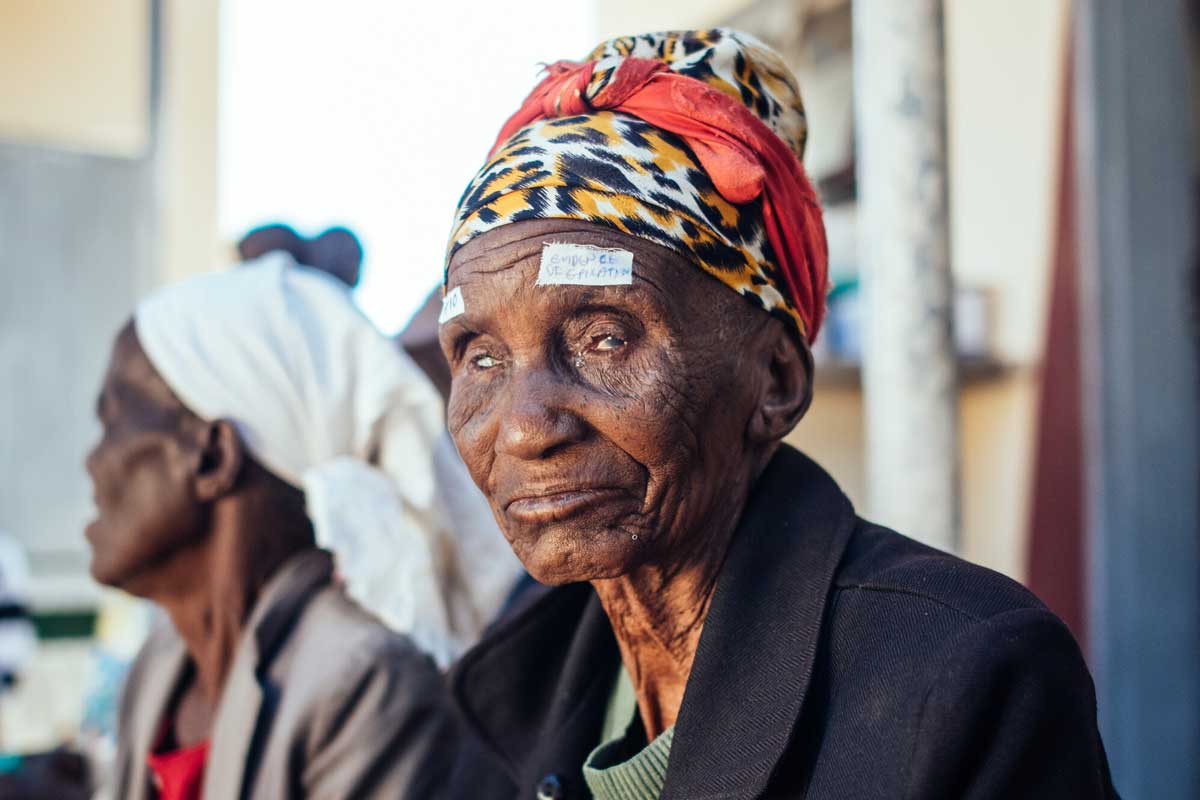
Combatting trachoma in Zimbabwe
An ancient illness currently categorised as a neglected tropical disease (NTD), trachoma is the world’s leading infectious cause of blindness, succeeding measles – which has been beaten back by successful vaccination programmes – to that sad title.
According to WHO, the condition is a public health problem in 42 countries, and “is responsible for the blindness or visual impairment of about 1.9 million people”.
It’s caused by the Chlamydia trachomatis bacterium, which, is spread by the transfer of eye and nose discharge, either on hands, or objects like bedding, or on the bodies of a specific kind of fly, and is most common in young children. In the early stages of infection, it causes inflammation that can resemble conjunctivitis.
But the pattern in endemic places, which are usually poor communities, is often one of repetitive and worsening reinfection over years. Eventually, building damage from multiple infections can scar up the inside of the eyelid, such that the eyelid turns inward, and the eyelashes scrub against the eyeball. In time, the complex of injuries to the cornea that this process precipitates can lead to irreversible scarring, which compromises vision.
A decade ago, the NGO Sightsavers began to map the scale and distribution of trachoma risk in Zimbabwe, in what Peter Bare, Sightsavers Zimbabwe Country Director, described as one of the largest such exercises globally. In the years since, Sightsavers has been able to track encouraging progress, with the organisation reporting trachoma prevalence in just three of Zimbabwe’s 63 districts, down from 21 three years ago.
There is no vaccine against trachoma, and the principal weapon to combat its spread is azithromycin (sold under the commercial name Zithromax), an antibiotic that is distributed in mass drug administration (MDA) campaigns. Zimbabwe held its first trachoma MDA in 2016, another in 2022, and targeted drives occurred more recently, such as a school-based drive in May in Gweru district.
"We have conducted mass drug administration to prevent NTDs over the years, as you know that prevention is key to disease control,” Dr Aspect Maunganidze , the Ministry of Health and Child Care Permanent Secretary, remarked in 2023.
Further to go
Despite making encouraging strides, Zimbabwe has yet to reach its targets on trachoma. “The disease is of public health concern. Trachoma is a communicable disease and to eliminate it, we have to bring the prevalence to below [the] public health concern [threshold] of less than 5%. When we are doing the MDA, we aim to treat everyone with Zithromax antibiotics,” said Bare. Sixteen African countries have received funding from a consortium of international donors to eliminate trachoma by 2027. In 2021, Gambia, and in 2022, Malawi successfully reached that milestone.
A report by WHO said that in 2019 alone, 95.2 million people around the world received antibiotics for trachoma. Additionally, more than 90,000 were treated with surgery for trachomatous trichiasis, the name for the condition in which the eyelashes irritate the eyeball.
“This operation saved me from rejection and stigma: now I look forward to a brighter future in my old age.”
- Tabitha Magumbo, blinded by trachoma, and successfully treated with surgery
Between 2016 and 2024, MDA campaigns have reached and treated over 4.5 million people in poor communities around Zimbabwe. Luckmore Chisunga, eight years old, gladly received antibiotics recently. “I am very grateful for the antibiotics, which I learnt that will prevent me from blindness and keep me healthy. I always hear sad stories of people getting blind, and I understand these tablets will prevent that.”
Where MDA has failed to protect eyesight, there is another riskier and, for the state health system, more expensive, recourse. Three thousand successful surgeries were conducted free-of-charge on people with advanced trachoma in various districts of the country in the same time period.
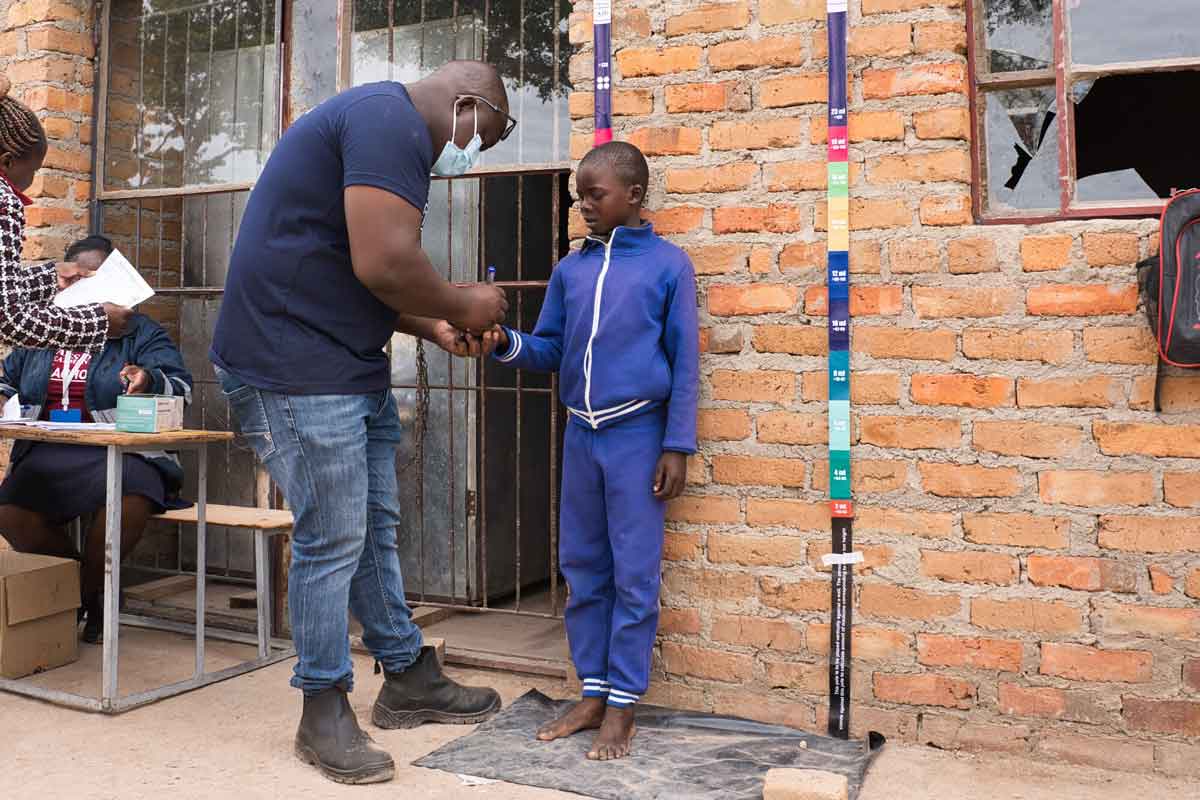
Before her eye surgery, Tabitha Magumbo, 62, says she had nearly lost the true meaning of life, due to blindness from corneal scarring. In her mind, she imagined the trauma of relying on her grandchildren for the remainder her life. After the surgery, she felt a new lease of life, after a lonely, stigmatised, miserable experience.
“It feels great to regain my sight once again, before I had lost hope, having been confined to the house, not able to do anything productive. This operation saved me from rejection and stigma: now I look forward to a brighter future in my old age,” said Magumbo.
Have you read?
Climate risk?
Experts note that there’s a risk that climate change could imperil efforts. “Zimbabwe experiences devastating droughts during the dry season. The dusty conditions with little to no water makes the environment perfect for trachoma to breed and thrive,” Sightsavers noted in a 2020 blog post.
“Unfortunately, climate change is causing these droughts to last longer. This year was one of the worst on record, making our mission to eliminate trachoma more difficult.”
In intense summer heat, the semi-arid area of Gokwe, temperatures occasionally reach 40°C, causing serious water shortages, and people travel long distances to reach water sources. At such meetings, the risk of pathogen exchange is high – but as Mary Nyanga remarks, robust health education can profoundly alleviate the risk of both the bacterium’s spread, and of permanent damage from delayed treatment.
“Ignorance and lack of knowledge can cost innocent lives, and I have seen this in my own family over the years,” Nyanga says with relief. “But the moment that we managed to accept that it was a disease, and sought information about it, we managed to save a lot of people from going blind in our family and the community.”
More from Derick Matsengarwodzi
Recommended for you

